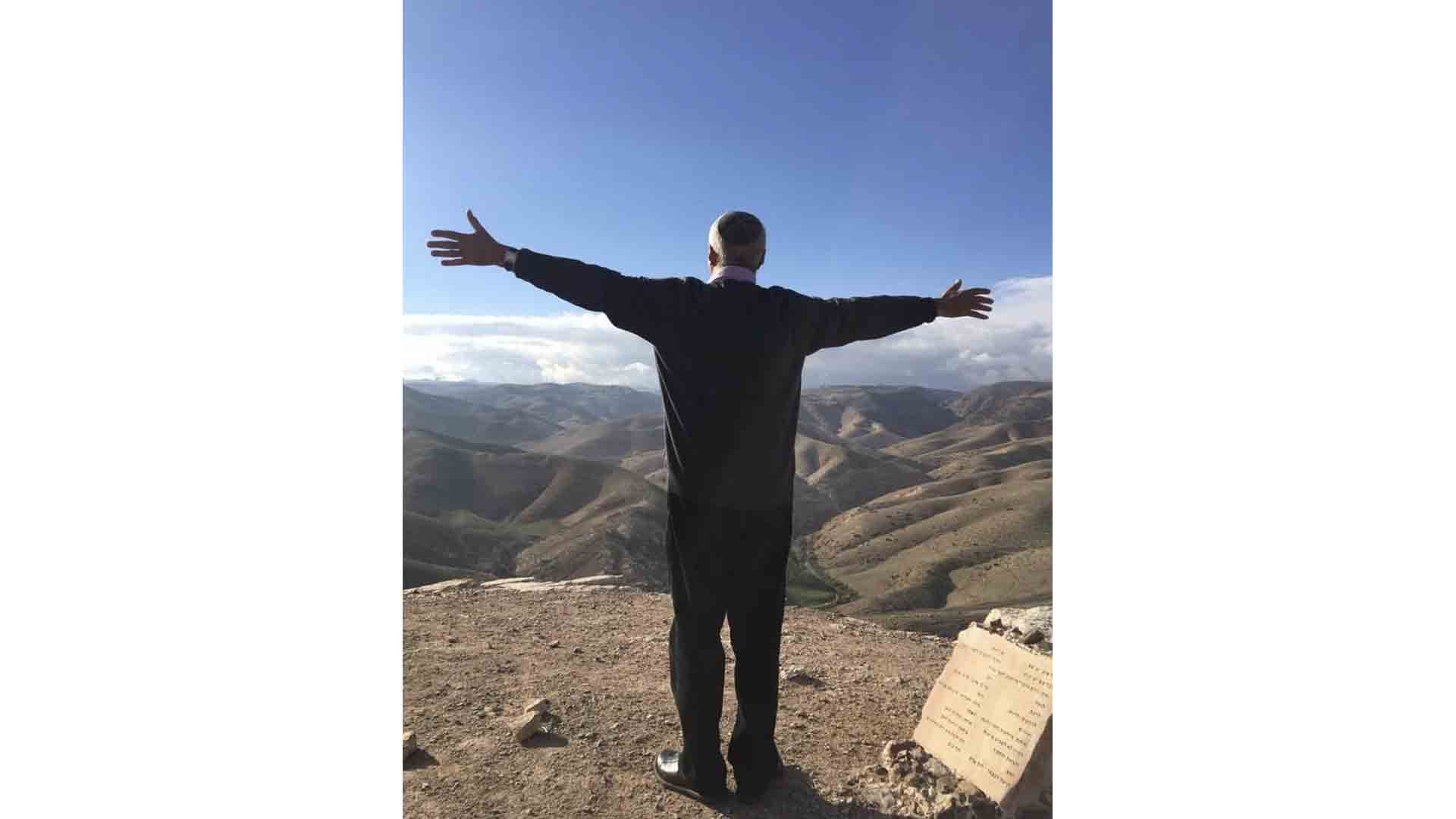For the source text click/tap here: Yoma 32
To download, click/tap here: PDF
Our Daf (Yoma 32a) points out a lacuna in the Mishnah. In Mishnah 6, there is a sanctification “sandwich.” The Kohen Gadol sanctifies his hands and feet both before and after the immersion. In Mishnah 4, however, for the first immersion of the day, there is only one hand and feet sanctification. If this is the case, the math simply does not add up. At the outset, the Mishnah calls for five immersions and ten sanctifications, but in reality the total in only nine!
The Rabbanan of the gemara reply: the final sanctification takes place when he removes the sacred garments and wears his daily clothing. The long day of avodat Hashem is over and the exhausted Kohen Gadol dresses in his own regular clothing, leaving the Mikdash behind and heading home. Before that final change he sanctifies his hands and feet for the tenth time that day.
The gemara has not only resolved the mathematical “error,” but has also, in its inimitable subtle way, taught us something critical about the nature of avodat Yom HaKippurim. Sanctification of hands and feet always precedes avodat Hashem.
We examine the connection between creation and the avoda on YK with the brilliant analysis by Prof Dalia Marx.




















